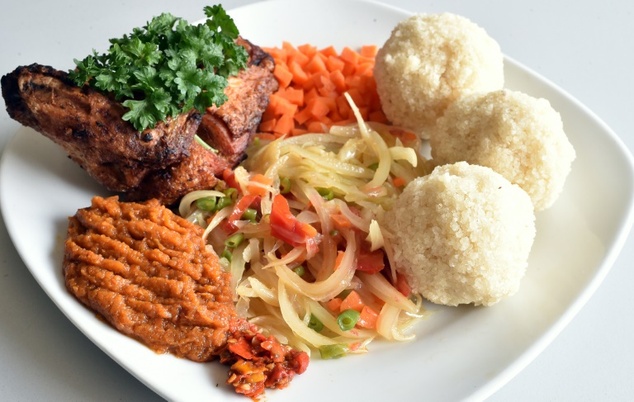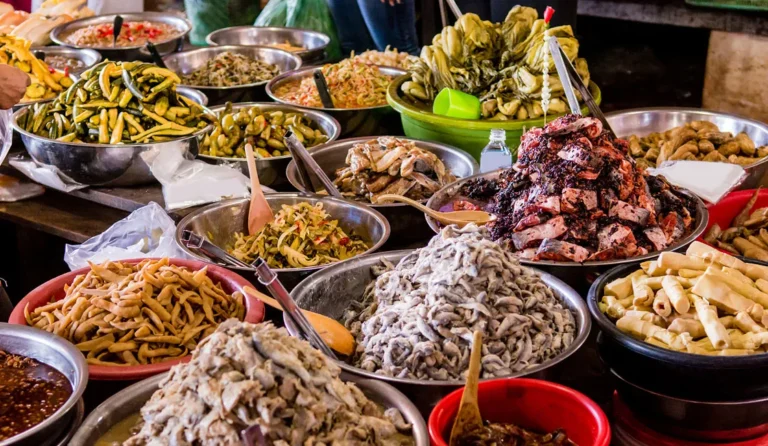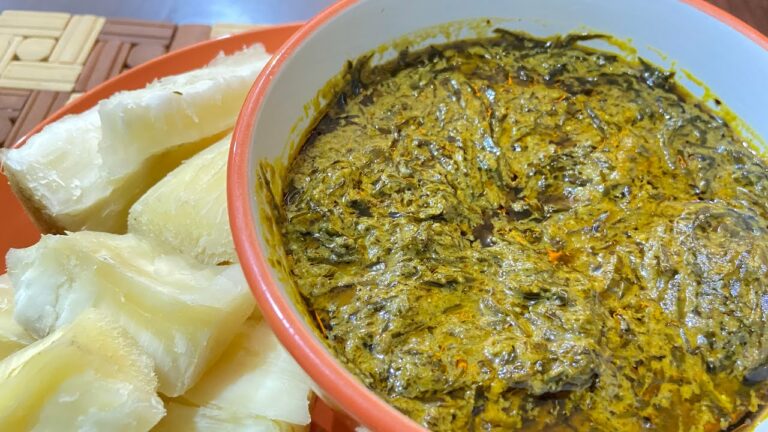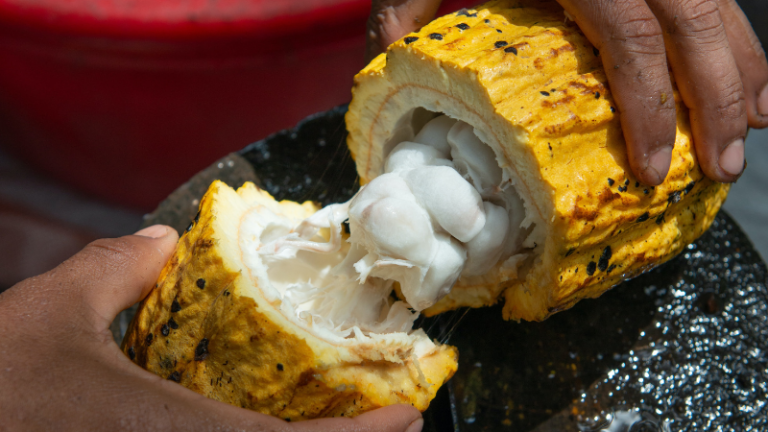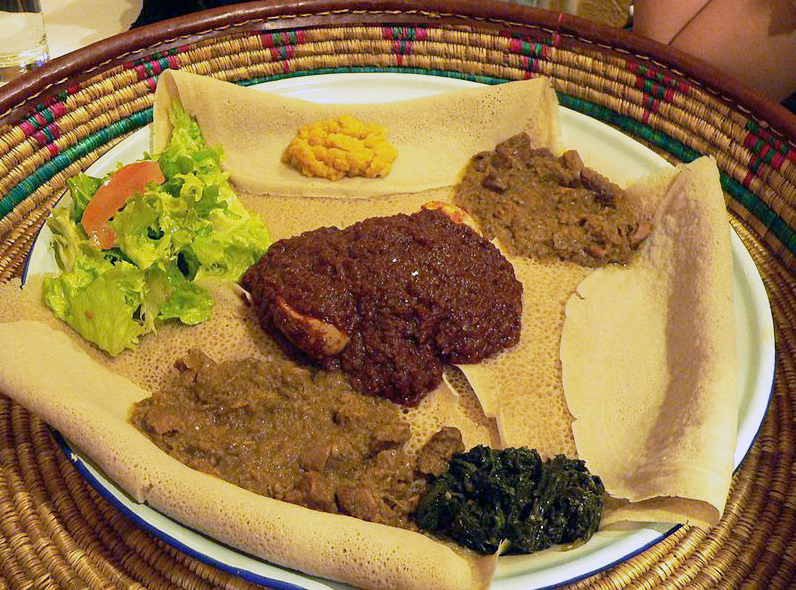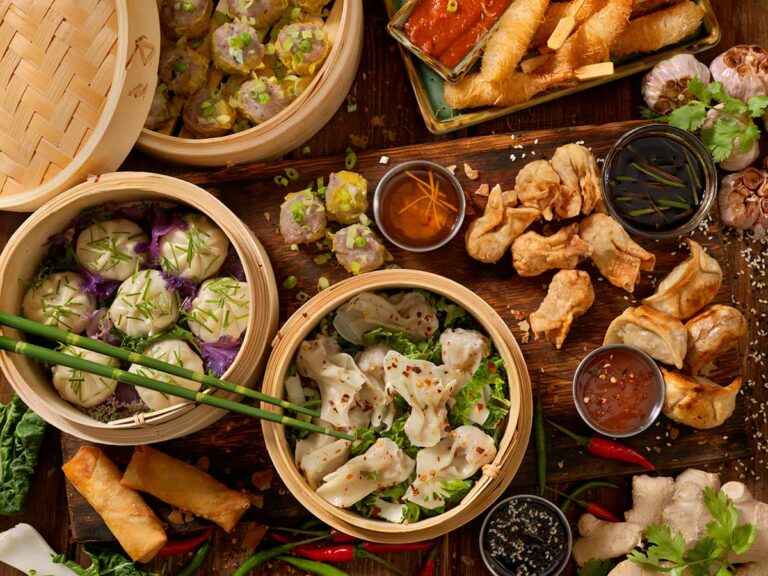Introduction: Overview of Chilean cuisine
Chilean cuisine is a fusion of indigenous and European influences, resulting in a unique culinary tradition that has evolved over time. Chile is known for its seafood, due to its long Pacific coastline, which provides a variety of fresh fish and shellfish. The country’s geography also allows for the cultivation of fruits and vegetables, making Chilean cuisine rich in flavors and textures.
Street food is a common aspect of Chilean cuisine, particularly in urban areas. It offers a convenient and affordable way to enjoy a quick bite or a full meal on the go. Street food vendors are often found in bustling markets, parks, and plazas, where locals and tourists alike can sample some of Chile’s most popular dishes.
History: How street food has evolved in Chile
Street food in Chile has a long history, dating back to the indigenous Mapuche people who sold roasted corn and potatoes in the streets. During the colonial period, European settlers introduced new ingredients and cooking techniques to Chile, which further influenced the country’s street food offerings.
In the early 20th century, street food became more diverse as immigrants from other parts of Latin America and Europe arrived in Chile. Today, Chilean street food is a blend of traditional and modern flavors, with a variety of options available to suit different tastes and preferences.
Types of street food: Popular dishes and ingredients
Chilean street food is diverse and reflects the country’s various culinary influences. Some of the most popular dishes include empanadas, which are stuffed pastries filled with meat, cheese, or vegetables; choripán, a sandwich made with grilled sausage and bread; completos, a hot dog with mayonnaise, avocado, and tomato; and sopaipillas, a deep-fried dough served with pebre, a spicy salsa.
Seafood is also a popular ingredient in Chilean street food, with dishes like ceviche, fried fish, and seafood empanadas being common offerings. Other favorites include grilled meats, corn on the cob, and sweet treats like churros and alfajores.
Where to find street food in Chile: Locations and vendors
Street food vendors can be found all over Chile, particularly in urban areas. Some of the best places to find street food are in street markets like La Vega in Santiago, and in popular tourist destinations like Valparaiso and Easter Island.
Many street food vendors are mobile, selling their food from carts or trucks that can be found in popular areas like parks and plazas. Some vendors also set up shop outside of busy metro stations or in residential neighborhoods, offering a convenient way for locals to grab a quick meal.
Hygiene and safety: Regulations and precautions
While street food is a popular and convenient way to eat in Chile, it’s important to take precautions to ensure that the food is safe and hygienic. The Chilean government has regulations in place to ensure that street food vendors follow proper food handling and safety procedures.
Visitors should look for vendors who have clean cooking equipment and who wash their hands regularly. It’s also a good idea to choose vendors who have a significant amount of customers, as this indicates that the food is fresh and popular.
Cultural significance: Street food in Chilean society
Street food is an important aspect of Chilean culture, providing a convenient and affordable way for people to grab a quick meal on the go. It’s also a social activity, with many street food vendors becoming a part of their local community.
Street food is often associated with Chilean celebrations and festivals, with vendors offering special dishes and treats during these events. Many Chileans also have fond childhood memories of eating street food with their families and friends.
Comparisons: How Chilean street food differs from other countries
Chilean street food is unique, reflecting the country’s geographic and cultural influences. While some dishes may be similar to those found in other Latin American countries, others are distinctively Chilean.
For example, Chilean empanadas are larger and flatter than those found in other countries, and are often filled with unique ingredients like quinoa or seafood. Completo hot dogs are also distinctly Chilean, with toppings like avocado and tomato setting them apart from their American counterparts.
Conclusion: Final thoughts on street food in Chile
Street food is an important aspect of Chilean cuisine and culture, offering a convenient and affordable way to enjoy some of the country’s most popular dishes. While visitors should take precautions to ensure that the food is safe and hygienic, sampling street food is an essential part of any Chilean culinary experience. Whether you’re looking for a quick snack or a full meal, Chile’s street food vendors offer a wide range of delicious and unique options to suit any taste.



